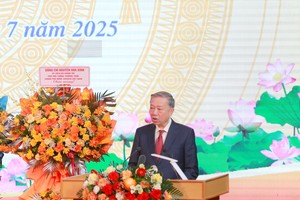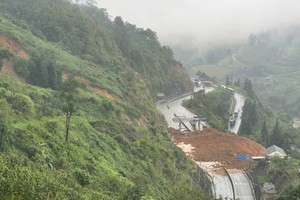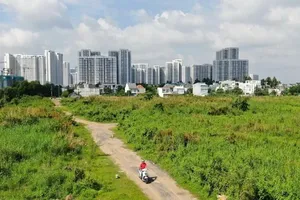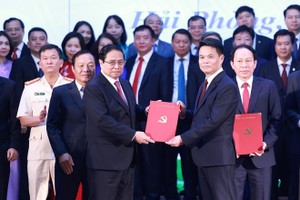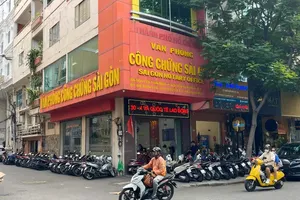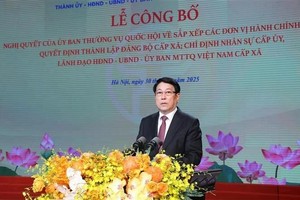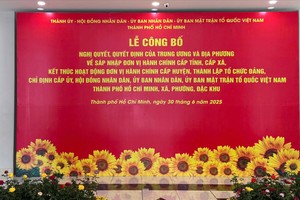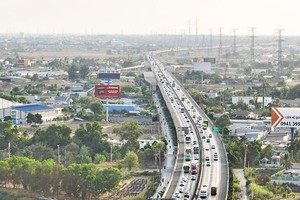According to the latest World Bank Review of Vietnam’s urbanization, the speed of urbanization is 30 per cent annually and population growth is 3.4 per cent per year.
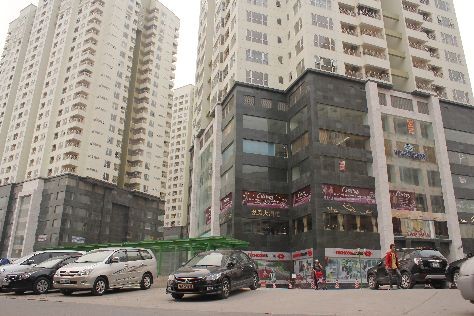
Vietnam is at an incipient stage of urbanization, transitioning to an intermediate stage with visible administrative, physical, economic, demographic and welfare shifts. Most of the population lives in big cities such as Hanoi and Ho Chi Minh City.
The review showed that driven by strong government commitment to include development and positive spillover from metropolitan cities to the hinterlands, two independent dominant core urban systems, Hanoi and HCMC, are driving rapid economic growth.
The two cities manifest different economic growth trajectories, driven by different conditions of economic geography.
The two urban systems of Hanoi and HCMC are seriously limiting their competitive advantage on account of logistic bottlenecks and have disproportionately high transport costs.
Vietnam has achieved about 96 per cent access to electrical power supply, which is highly commendable for a developing country.
In addition, urbanization pointed out only 5 per cent of the population with highest income in Hanoi and HCMC can buy houses and land. Real estate prices in Hanoi and HCMC are much higher than cities in Asia and vacant land price in Hanoi is much higher than in HCMC.
World Bank suggests that planned transit systems will have to take into account market driven and evolving land use patterns in cities.

